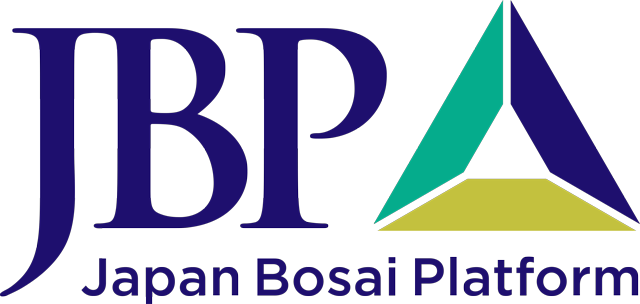
Bosai Solution ID : JBP00122

Implant™ Lock Levee
Shift to "Anti-collapsed Levee
Hazard
Solution Purpose
Solution Theme
Technology Subject
Advantages
Solution Illustrated
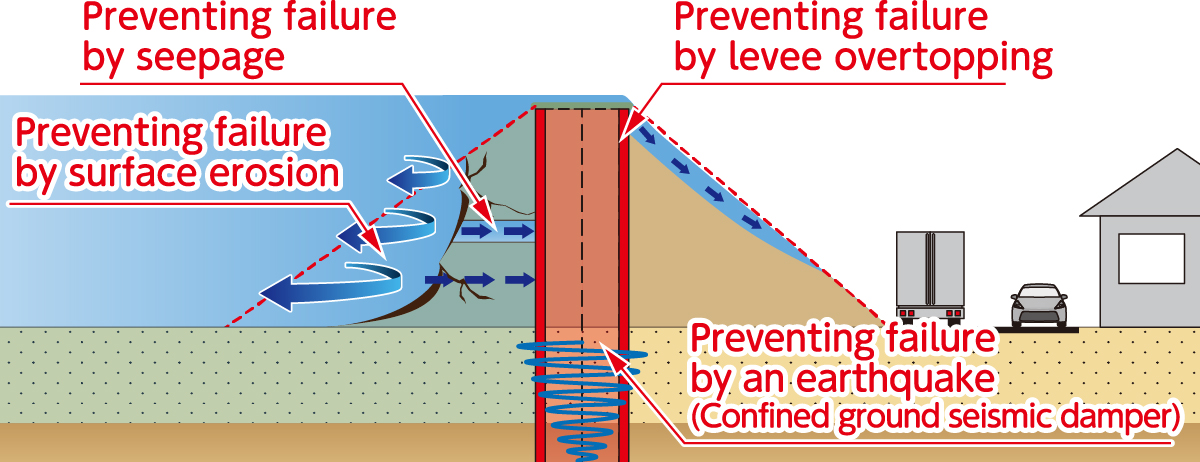
The Implant Lock Levee remains functional as a levee even if the embankment is eroded due to flood overtopping or seeping. In addition, in the event of an earthquake, the ground surrounded by double steel sheet pile walls with partition walls can be restrained by so called “confined ground seismic damper” in order to restrain the flow of liquefied ground and ground subsidence. The main feature of this embankment is its structure which aims not only to overflow and seep but also to prevent from breaking down in the event of a major earthquake.
Background
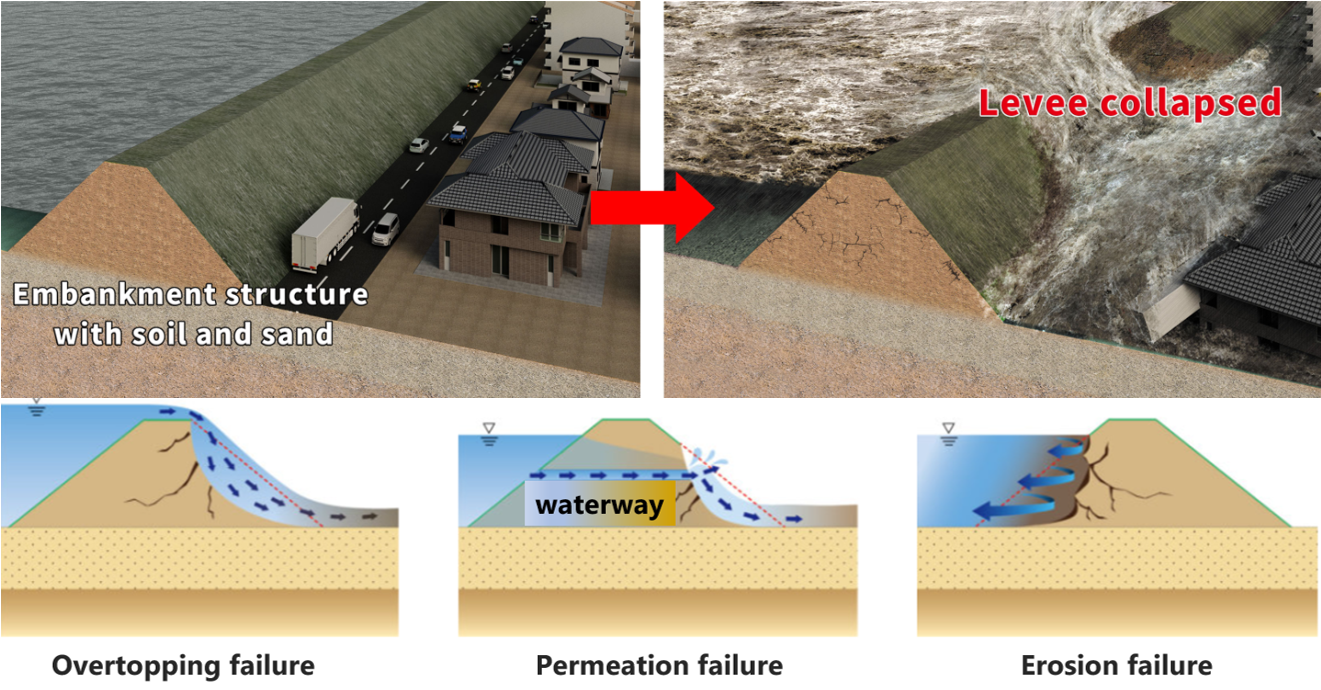
Most of the river levees are built of soil, which is being raised and widened after flood damage.
When planning and designing, there are numerous factors to consider, such as the complex distribution of soil quality and strength, the potential for differential settlement, the need for long-term maintenance, and the close relationship with the livelihoods and natural environment of the watershed, which plays a crucial role in the landscape. Therefore, comprehensive disaster countermeasures, including earthquake and tsunami countermeasures are desired, with a focus on realizing resilient performance against overtopping water.
Exposition of the Solution
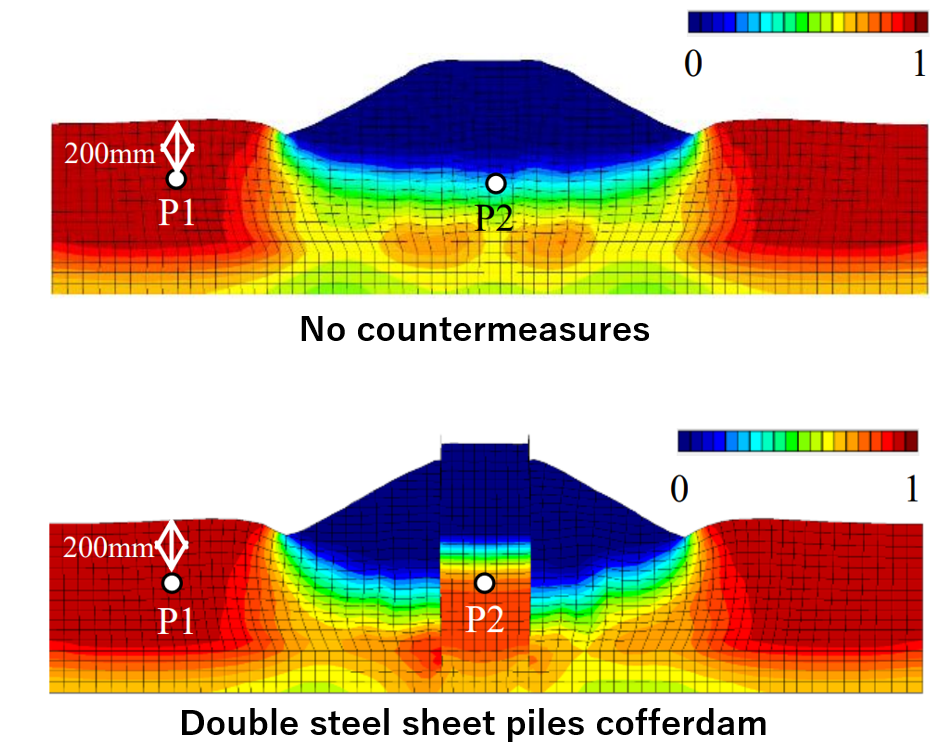
Sourse: "Japanese Geotechnical Journal"Vol.12,No.1,109-122,P.117,Figure 13
The seismic performance of embankments reinforced by this method has been verified for coastal embankments and river embankments.
Even in the situation where the side of the levee body collapses due to an earthquake accompanied by liquefaction, it has been clarified that double steel sheet pile walls and tie rod materials restrain the deformation of the core part and that the top height is maintained by the steel sheet pile walls placed in the supporting ground.
This earthquake-resistant mechanism is reproduced by a FEM (finite element method) that can consider liquefaction and build an earthquake-resistant design method for level 2 earthquake ground motion
The following points are demonstrated as features of this method.
・During flooding, the steel sheet pile wall is properly embedded to control boiling, and even if overflow occurs, the crest height can be maintained and the amount of overflow can be limited.
・In an earthquake, the deformation of the core part is suppressed by the restraint effect of double steel sheet piles joined by tie rod materials, and it is possible to reduce the liquefaction damage.
・Even for complex disasters in which tsunami strikes immediately after an earthquake, the amount of overtopping water by the tsunami can be limited because the crest height during the earthquake is maintained by placing the lower end of the steel sheet pile on a strong ground.
Achievements of Examples
Kochi coastal levee improvement construction at the Nino section (Kochi City, Kochi Prefecture)/ Kochi River National Road Office of Shikoku Regional Development Bureau, Ministry of Land, Infrastructure and Transport
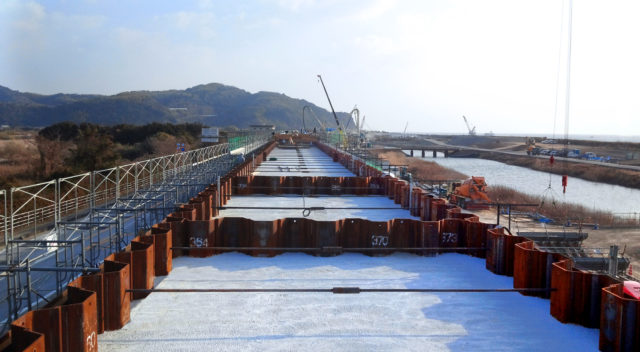
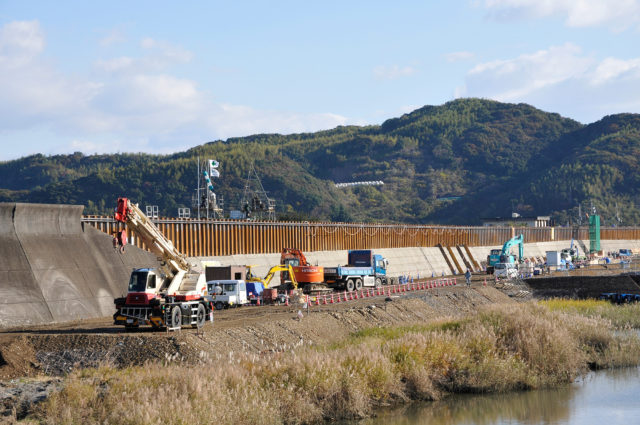
Implant Lock Levee has been adopted in some sections of the Kochi coastal embankment improvement work.
Orikasa, Yamadamachi, Shimohei-gun, Iwate Prefecture

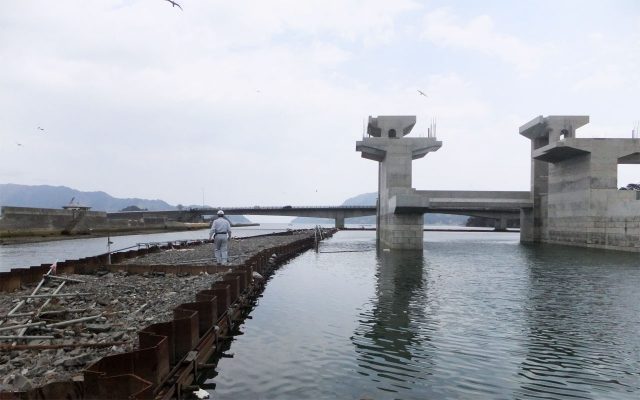
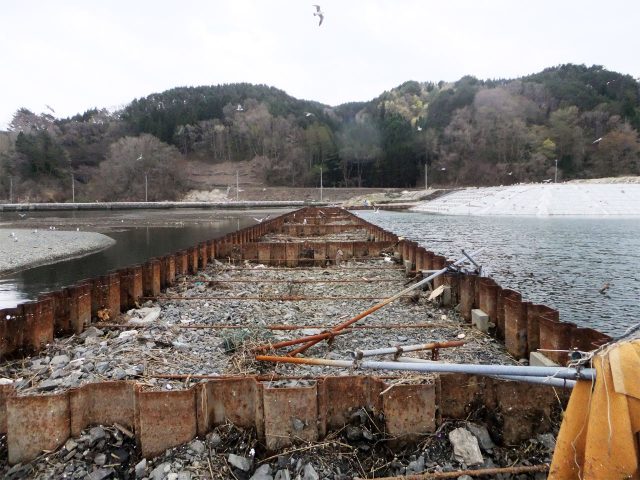
At the time of the Great East Japan Earthquake, a similar structure was adopted as a temporary cofferdam structure for the construction of a tide gate near the river mouth of the Iwakasa River in Iwate Prefecture. While the surrounding river embankments and the residential area were destroyed, double steel sheet pile walls and the floodgates built inside the cofferdam were almost free from the tsunami damage, demonstrating their high earthquake resistance and tsunami resistance.
Other References
Corporate Profile
GIKEN SEKO CO., LTD.
75-1 Minato Urayasu-shi Chiba 279-0024 Japan
Tel. : +81-47-318-9111
E-mail : consulgiken.com
Website : https://www.gikenseko.co.jp/for-english/


